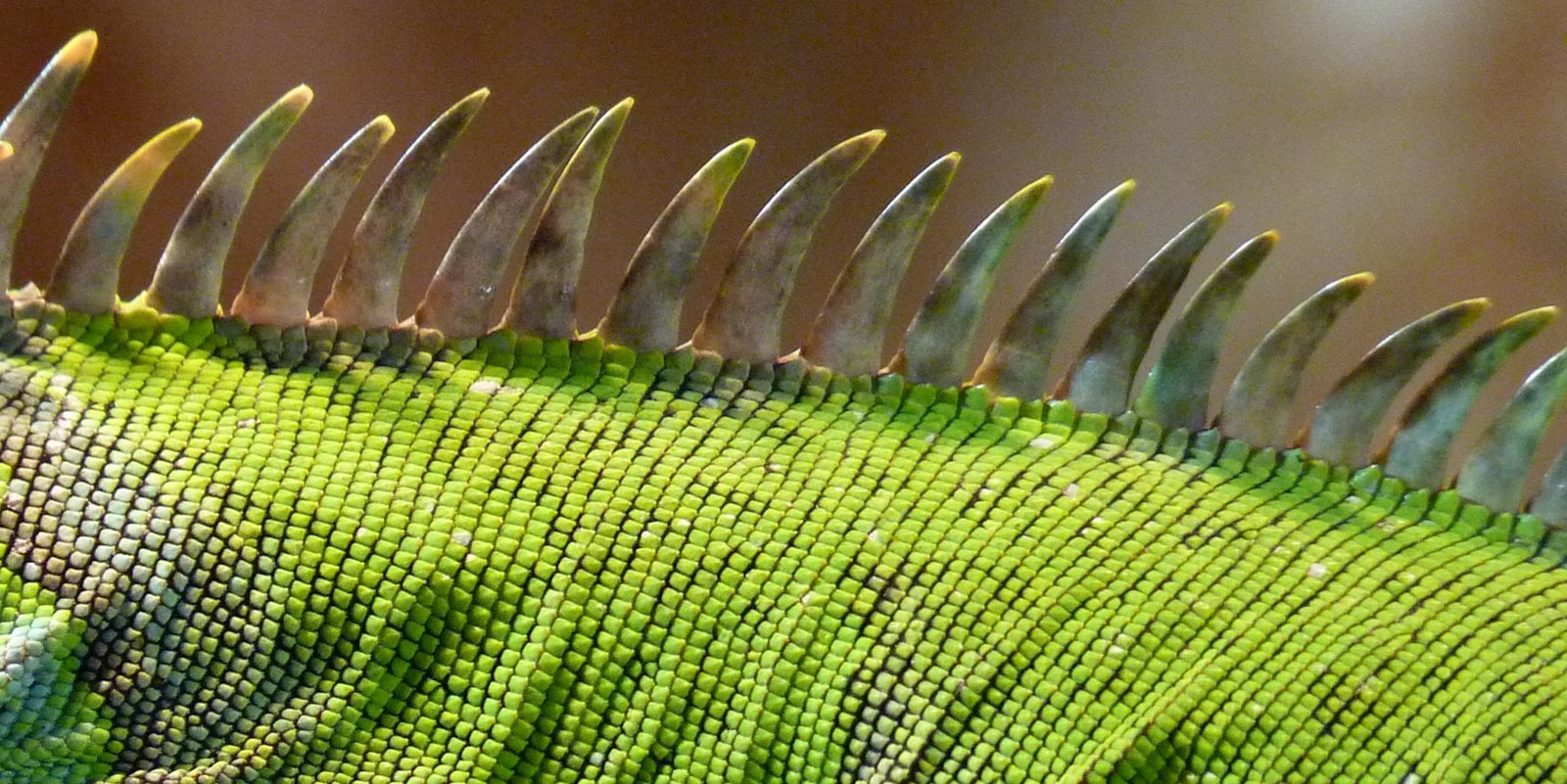
Animal scales have an incredible texture if children are lucky enough to touch them. They are intricate, complex and thought-provoking!
Animal scales are a natural material and a body covering to help animals survive. They can appear on a variety of animals, including:
Babies and toddlers may be interested in the sensory experience of running their fingers over a scaled animal. Preschoolers can use scales as a starting point for an ongoing investigation.
EYLF learning outcomes
An interest in animal scales can help children achieve learning outcomes in the Early Years Learning Framework. As a natural material (4.4), scales teach children to respect the environment (2.4). They also provoke curiosity (4.1), which leads to questions, inquiry, research and investigation (4.2).
Learning experiences
Examine scales through a magnifying glass
If your early childhood service has a pet with scales or you have a scaly item like snake skin, inspect it closely. Carefully use a magnifying glass to see the scales up close.
What do you see? Describe the:
Design your own body armour
Scales are designed to protect an animal's body. If you wanted to create protective armour for your own body, what materials would you use?
Children can collect, examine and test different materials. They can use their favourite material to make a helmet, a protective covering for their arms, or even a full-body suit.
Create scale art
Draw an animal and put scales on its body in an overlapping pattern:
- Cut paper towel rolls in half lengthwise to create a semicircle shape. Dip the end in paint to make animal scale prints.
- Tear up pieces of paper into the shape of scales.
- Collect tiny leaves from your garden. Do they look like scales?
- Search for packaging that looks like scales, like bubble wrap.
- Draw tiny scales with a sharp pencil or fine-tip pen.
Sort toy animals
Place a variety of toy animals on a table with three different tubs. Invite the children to sort the animals into tubs according to their skin covering:
Community connections
Organise a reptile visit
Research reptile experiences in your local area, either places to visit on an excursion or reptile shows that come to you for an incursion. Your children will have the opportunity to touch and examine scales in real life.
Animal scale discussions
- Why do animals have scales?
- Which animals have scales?
- Would you like to have scales on your body?
- Name three words to describe what scales feel like.
Resources
Websites
- Curious Kids: When a snake sheds its skin, why isn't it colourful?
- National Geographic Kids: Pangolins
- Australian Museum: Fish scales
Audio
ABC Kids Listen: Why do animals have spots, stripes, and scales?
